|
Think about the story of Thanksgiving you grew up with - Pilgrims in black clothes and funny hats and white aprons and shoes with big buckles sitting down to a Thanksgiving dinner with "the Indians," celebrating peace and harmony and the harvest. Maybe you made a construction paper turkey by tracing your hand. Maybe your teacher made Pilgrim hats and bonnets and "Indian headdresses." The focus was on the food and American exceptionalism. The real story is much, much different. "The First Thanksgiving," in 1621 was preceded and followed by violence. Indigenous voices and the role of the Wampanoag people in literally saving the lives of the English separatists (they didn't call themselves "Pilgrims") have been purposefully erased. The legacy of Indigenous foods - cultivated and created by Indigenous people - has also been largely erased from our cultural lexicon. So what can we do about it? This year, you can decolonize your Thanksgiving by learning the real history behind it and familiarizing yourself with the various Indigenous nations in your own backyard and who played an important role in American history. Today's blog post is essentially going to be a giant collection of articles to read and films to watch. I hope you take the time this weekend to read or watch a few with your family or friends and discuss (especially with your kids) the real story behind the myth. Mythbusting the First Thanksgiving What Really Happened at the 1st Thanksgiving from Voice of America What you learned about the ‘first Thanksgiving’ isn’t true. Here’s the real story - from USA Today via the Cape Cod Times The Real History Of The First Thanksgiving That You Didn’t Learn In School from All That Interesting Everything You Learned About Thanksgiving Is Wrong from the New York Times The Real History Of Thanksgiving Isn't The One You Learned In School—Here's How To Celebrate Smarter from Delish The Myths of the Thanksgiving Story and the Lasting Damage They Imbue from Smithsonian Magazine The true story behind Thanksgiving is a bloody one, and some people say it's time to cancel the holiday from Insider The Thanksgiving Myth Gets a Deeper Look This Year from the New York Times Meet the WampanoagMashpee Wampanoag Tribe The Mashpee Wampanoag Tribe, also known as the People of the First Light, has inhabited present day Massachusetts and Eastern Rhode Island for more than 12,000 years. After an arduous process lasting more than three decades, the Mashpee Wampanoag were re-acknowledged as a federally recognized tribe in 2007. In 2015, the federal government declared 150 acres of land in Mashpee and 170 acres of land in Taunton as the Tribe’s initial reservation, on which the Tribe can exercise its full tribal sovereignty rights. The Mashpee tribe currently has approximately 2,600 enrolled citizens. Learn more >>> Wampanoag History from the Wampanoag Nation 400 Years After the ‘First Thanksgiving,’ the Tribe That Fed the Pilgrims Continues to Fight for Its Land Amid Another Epidemic from Time Magazine In 1621, the Wampanoag Tribe Had Its Own Agenda from The Atlantic “OUR” STORY: 400 Years of Wampanoag History an online exhibit with short documentary films from Plymouth 400. U.S. Appeals Ruling In Mashpee Wampanoag Land Case from WBUR and the Cape Cod Times. Although the Mashpee Wampanoag won their case against the Department of the Interior, which had revoked their federal recognition, the US government is currently appealing that ruling. Hopefully that appeal process will cease in 2021. National Day of MourningThe National Day of Mourning was organized in 1970 in response to a specific event of the suppression of history. This is the 50th anniversary of that event. Here's some background on what led to the creation of the National Day of Mourning from the United American Indians of New England: "In 1970, United American Indians of New England declared US Thanksgiving Day a National Day of Mourning. This came about as a result of the suppression of the truth. Wamsutta, an Aquinnah Wampanoag man, had been asked to speak at a fancy Commonwealth of Massachusetts banquet celebrating the 350th anniversary of the landing of the Pilgrims. He agreed. The organizers of the dinner, using as a pretext the need to prepare a press release, asked for a copy of the speech he planned to deliver. He agreed. Within days Wamsutta was told by a representative of the Department of Commerce and Development that he would not be allowed to give the speech. The reason given was due to the fact that, "...the theme of the anniversary celebration is brotherhood and anything inflammatory would have been out of place." What they were really saying was that in this society, the truth is out of place. "What was it about the speech that got those officials so upset? Wamsutta used as a basis for his remarks one of their own history books - a Pilgrim's account of their first year on Indian land. The book tells of the opening of my ancestor's graves, taking our wheat and bean supplies, and of the selling of my ancestors as slaves for 220 shillings each. Wamsutta was going to tell the truth, but the truth was out of place. "Here is the truth: "The reason they talk about the pilgrims and not an earlier English-speaking colony, Jamestown, is that in Jamestown the circumstances were way too ugly to hold up as an effective national myth. For example, the white settlers in Jamestown turned to cannibalism to survive. Not a very nice story to tell the kids in school. The pilgrims did not find an empty land any more than Columbus "discovered" anything. Every inch of this land is Indian land. The pilgrims (who did not even call themselves pilgrims) did not come here seeking religious freedom; they already had that in Holland. They came here as part of a commercial venture. They introduced sexism, racism, anti-lesbian and gay bigotry, jails, and the class system to these shores. One of the very first things they did when they arrived on Cape Cod -- before they even made it to Plymouth -- was to rob Wampanoag graves at Corn Hill and steal as much of the Indians' winter provisions as they were able to carry. They were no better than any other group of Europeans when it came to their treatment of the Indigenous peoples here. And no, they did not even land at that sacred shrine down the hill called Plymouth Rock, a monument to racism and oppression which we are proud to say we buried in 1995. "The first official "Day of Thanksgiving" was proclaimed in 1637 by Governor Winthrop. He did so to celebrate the safe return of men from Massachusetts who had gone to Mystic, Connecticut to participate in the massacre of over 700 Pequot women, children, and men. "About the only true thing in the whole mythology is that these pitiful European strangers would not have survived their first several years in "New England" were it not for the aid of Wampanoag people. What Native people got in return for this help was genocide, theft of our lands, and never-ending repression. "But back in 1970, the organizers of the fancy state dinner told Wamsutta he could not speak that truth. They would let him speak only if he agreed to deliver a speech that they would provide. Wamsutta refused to have words put into his mouth. Instead of speaking at the dinner, he and many hundreds of other Native people and our supporters from throughout the Americas gathered in Plymouth and observed the first National Day of Mourning. United American Indians of New England have returned to Plymouth every year since to demonstrate against the Pilgrim mythology. "On that first Day of Mourning back in 1970, Plymouth Rock was buried not once, but twice. The Mayflower was boarded and the Union Jack was torn from the mast and replaced with the flag that had flown over liberated Alcatraz Island. The roots of National Day of Mourning have always been firmly embedded in the soil of militant protest." You can learn more about the United American Indians of New England and their mission and watch a livestream of their National Day of Mourning program live from Plymouth here: http://www.uaine.org/ Not all Native Americans celebrate Thanksgiving. Find out why. from the Cape Cod Times. For Native Peoples, Thanksgiving Isn't A Celebration. It's A National Day Of Mourning from WBUR 400 Years After First Thanksgiving, Native Americans Honor 'Day of Mourning' Instead from Newsweek Indigenous Foods & Thanksgiving DinnerYou may recall my catalog of Indigenous foods a few weeks ago. The global impact of Indigenous agriculturalists is a staggering and often overlooked or ignored part of our history. Here are some books, films, and articles you can read to learn more about the impact of Indigenous food on our diet and the struggles of Indigenous chefs and historians to reclaim their food sovereignty. Indigenous Chefs On Traditional Cooking And Their Complicated Relationship With Thanksgiving from Delish Native Americans want to decolonize Thanksgiving with native foods and a proper history lesson KIRO radio Sean Sherman, The Sioux Chef: ‘This Is The Year To Rethink Thanksgiving’ from the Huffington Post This Thanksgiving, Make These Native Recipes From Indigenous Chefs from the Huffington Post 3 Indigenous Chefs Talk About What Thanksgiving Means to Them from Bon Appetit This Thanksgiving, try these recipes for local Native American foods from Kansas City Magazine How to Decolonize Your Thanksgiving Dinner by Vice “We are still alive”: How Native communities grapple with Thanksgiving’s colonial legacy from The Counter Films to Watch this ThanksgivingI cannot recommend the film Gather enough. You can rent it on Vimeo, Amazon Prime, or check their website for free screenings. It's stunningly filmed, it portrays a huge variety of Indigenous voices and stories, and it tells an amazing story of the effort of Indigenous people to reclaim their food sovereignty. Sean Sherman, also known as the Sioux Chef, has done a lot to bring national attention to Indigenous foodways. He's written a book and you can learn more about him on his website. Andi Murphy is the host of the Toasted Sister Podcast: Radio about Native American Food. Well folks if I want to get this done before midnight on Thanksgiving I have to stop, but stay tuned for another post on Indigenous Food Historians You Should Know, which I hope to get up soon. Featuring all kinds of amazing people, stories, books, and even more documentary films. I hope this collection of resources has helped you re-learn your American history and decolonize your Thanksgiving this and every year. As always, The Food Historian blog is supported by patrons on Patreon! Join us for awesome members-only content like free digitized cookbooks from my personal collection, e-newsletter, and even snail mail from time to time!
1 Comment
Last week I did the first of a series of several talks with cooking demonstrations for the Poughkeepsie Library. The first was all about pumpkin pie and I made Lydia Maria Child's original pumpkin pie recipe from her 1832 cookbook The American Frugal Housewife, and then followed it with a discussion of the history of pumpkin, pumpkin pie, and pumpkin pie spice. The library recorded the talk, so you can check it out below! Lydia Maria ChildLydia Maria Child was born in Medford, Massachusetts in 1802. When she moved to Maine as a young woman to study to be a teacher, her older brother Convers, who had attended Harvard Seminary, assisted with her literary education. Upon reading and article about the rich resources New England history could provide novelists, she launched an unplanned writing career with her first novel, Hobomok, published in 1824. The book was set in 17th century New England and concerned the lives of a Native man, Hobomok, and the White woman he married and had a child with. Initially rejected by critics for its theme of miscegenation, it was later lauded by Boston literary circles. While teaching, Lydia Maria turned her attention to writing again, founding Juvenile Miscellany in 1826 - the first American monthly periodical designed specifically for children. Under Child's editorship, it became a popular and groundbreaking publication, emphasizing Protestant morality without the boring proselytizing common in children's literature at the time. In 1828 she married David Lee Child, a Boston lawyer and journalist (her maiden name was Francis) and stopped teaching, but not writing. In 1829 she published The Frugal Housewife: Dedicated to those who are not ashamed of economy, a cookbook directed at assisting the lower classes. It was published in several editions until 1832, when she changed the name to The American Frugal Housewife, to differentiate it from another cookbook of the same title published in Britain. Child published several other books on motherhood and household management, but her abolition work and radical politics largely derailed her literary career. She and her husband David Child began to identify as abolitionists in 1831. In 1833, she published An Appeal in Favor of that Class of Americans Called Africans, which called, among other things, for total abolition of slavery without compensation to enslavers. It was the first anti-slavery book (not pamphlet) published in the United States. Throughout the 1830s and '40s she became very active in the abolition and anti-slavery movements, publishing anti-slavery fiction, anti-slavery political tracts, and organizing fundraisers and events. Her anti-slavery stance and other radical politics enraged many readers in the American South, and subscriptions to Juvenile Miscellany declined so much that in 1834 she stepped down as editor. Sarah Josepha Hale edited the magazine until its closure in 1836. Child went on to publish tracts supporting Native American rights as well, including An Appeal for the Indians in 1868. Lydia Maria Child died in 1880 at the age of 78. Because of her political beliefs, she did not see the financial success of many of her author peers. But The American Frugal Housewife remains one of her most enduring legacies, along with her most famous poem, "A New England Boy's Song About Thanksgiving Day," which she published as part of her book Flowers for Children, Vol. 2 in 1844. You might know it better as "Over the River and Through the Woods." "A New England Boy's Song About Thanksgiving"Over the river, and through the wood, To grandfather's house we go; The horse knows the way, To carry the sleigh, Through the white and drifted snow. Over the river, and through the wood, To grandfather's house away! We would not stop For doll or top, For 't is Thanksgiving day. Over the river, and through the wood, Oh, how the wind does blow! It stings the toes, And bites the nose, As over the ground we go. Over the river, and through the wood, With a clear blue winter sky, The dogs do bark, And children hark, As we go jingling by. Over the river, and through the wood, To have a first-rate play -- Hear the bells ring Ting a ling ding, Hurra for Thanksgiving day! Over the river, and through the wood -- No matter for winds that blow; Or if we get The sleigh upset, Into a bank of snow. Over the river, and through the wood, To see little John and Ann; We will kiss them all, And play snow-ball, And stay as long as we can. Over the river, and through the wood, Trot fast, my dapple grey! Spring over the ground, Like a hunting hound, For 't is Thanksgiving day! Over the river, and through the wood, And straight through the barn-yard gate; We seem to go Extremely slow, It is so hard to wait. Over the river, and through the wood, Old Jowler hears our bells; He shakes his pow, With a loud bow wow, And thus the news he tells. Over the river, and through the wood -- When grandmother sees us come, She will say, Oh dear, The children are here, Bring a pie for every one. Over the river, and through the wood -- Now grandmother's cap I spy! Hurra for the fun! Is the pudding done? Hurra for the pumpkin pie! "Pumpkin And Squash Pie" (the filling)Here is Lydia Maria Child's original text: "For common family pumpkin pies, three eggs do very well to a quart of milk. Stew your pumpkin, and strain it through a sieve, or colander. Take out the seeds, and pare the pumpkin, or squash, before you stew it; but do not scrape the inside; the part nearest the seed is the sweetest part of the squash. Stir in the stewed pumpkin, till it is as thick as you can stir it round rapidly and easily. If you want to make your pie richer, make it thinner, and add another egg. One egg to a quart of milk makes very decent pies. Sweeten it to your taste, with molasses or sugar; some pumpkins require more sweetening than others. Two tea-spoonfuls of salt; two great spoonfuls of sifted cinnamon; one great spoonful of ginger. Ginger will answer very well alone for spice, if you use enough of it. The outside of a lemon grated is nice. The more eggs, the better the pie; some put an egg to a gill of milk. They should bake from forty to fifty minutes, and even ten minutes longer, if very deep." And here's my translation: 1 sugar pie pumpkin 2 cups whole milk 4 eggs 2 tablespoons cinnamon 1 tablespoon ground ginger 1/2 teaspoon salt 1/4-1/2 cup maple syrup Cut pumpkin in half, scoop out seeds, and roast, cut-side down, for 45 minutes at 350 F. When soft and easily pierced with a knife, remove from oven and scoop out flesh from rind. Mash thoroughly with a fork to remove stringiness. Let cool, then add spices and salt and mix thoroughly, then add all liquid ingredients. Pour into chilled pie shells (recipe below) and bake at 450 F for 15 minutes, then reduce heat to 350 F and bake for an additional 30 minutes. When the center is solid (a slight wobble is allowed), the pie is set and baked. Serve warm or cold with additional maple syrup (if desired) and whipped cream (recipe below). If you have extra filling, add to ungreased glass baking dishes or custard cups for equally good "crustless pumpkin pie." "Pie Crust"The original: "To make pie crust for common use, a quarter of a pound of butter is enough for half a pound of flour. Take out about a quarter part of the flour you intend to use, and lay it aside. Into the remainder of the flour rub butter thoroughly with your hands, until it is so short that a handful of it, clasped tight, will remain in a ball, without any tendency to fall to pieces. Then wet it with cold water, roll it out on a board, rob over the surface with flour, stick little lumps of butter all over it, sprinkle some flour over the butter, and roll the dough all up; flour the paste, and flour the rolling-pin; roll it lightly and quickly; flour it again; stick in bits of butter; do it up; flour the rolling-pin, and roll it quickly and lightly; and so on, till you have used up your butter. Always roll from you. Pie crust should be made as cold as possible, and set it in a cool place; but be careful that it does not freeze. Do not use more flour than you can help in sprinkling and rolling. The paste should not be rolled out more than three times; if rolled too much, it will not be flaky." Well that was a bit of a doozy of a recipe! Essentially, she's making an all-butter pie crust by combining shortbread and puff pastry techniques. And it turns out pretty well! If you're looking for a good all-butter pie crust recipe, this is a fairly reliable one, if you handle it gently. Here's my translation: 1 stick (1/4 pound) very cold unsalted butter 1 1/4 cup all-purpose flour 1/4-1/2 cup reserved flour for rolling ice water With cold hands, cut the stick of butter lengthwise in thirds, then rotate one quart of the way and cut in thirds again. Then cut crosswise until you have nice little cubes. Use at least half of the butter to rub into the 1 1/4 cup flour in a large bowl. Add more butter if you need to. From a bowl of ice water, using a tablespoon, add the water, 1-2 tablespoons at a time, and toss mixture with a fork. You'll need 6-8 tablespoons, depending on your flour and butter ratios. When you can make a ball with your hands and it sticks together nicely, but not too wet, you're good. Form the mass into a ball and roll out on a well floured surface, taking care to roll gently so as not to break the dough or roll unevenly. Once you have rolled out a round, spread whole cubes of butter across half the circle, fold in half, and roll that flat. Then repeat 2 more times (making sure to reserve enough butter for each rolling). When complete, roll out for crust. You'll have at least one single crust, with some left over for smaller pies. Place in pans, trim and crimp edges, and chill until ready to fill. Bake with pumpkin filling as directed above, or add your favorite fruit filling. My crust turned out delightfully crisp, but a little flat in flavor. A pinch of sugar and/or salt would probably be a nice addition. Hand Whipped CreamThis one isn't in The American Frugal Housewife, but it goes deliciously with pumpkin pie! The higher quality/fat content your cream, the easier it is to whip by hand. 1/2 cup heavy cream 1 tablespoon sugar or maple syrup 1 teaspoon homemade vanilla (recipe below) In a very deep bowl (preferably glass, which stays nice and cold), add the chilled cream, sugar, and vanilla. Tilt bowl and beat cream with a wire balloon whisk in a circular motion until you add enough air to the cream that it holds its shape. Do not overbeat, or you'll end up with sweet vanilla butter. Chill until ready to serve. Homemade VanillaHomemade vanilla lasts nearly forever, so it's a worthy investment, but vanilla beans are quite expensive these days, so make at your own expense. Still probably cheaper than buying the tiny bottles of the real stuff. You can make it with vodka, but I find the gold rum is much nicer and mellower. Also makes a great Christmas present. A dozen or so whole vanilla beans Gold rum (get the not-quite-the-cheapest brand) Cut the vanilla beans in half and add them to a quart jar. Fill jar with gold rum. Let sit in a dark place for a week or so before using. Keep adding rum as you deplete the vanilla. You want to keep the beans submerged at all times. Add beans every few years to keep the flavor up. Happy Thanksgiving!And that, my dears, is that. If you made it this far through the blog post, congratulations! I hope you enjoyed the video, some history about Lydia Maria Child, her famous poem, and the recipes. Keep your eyes peeled for more cooking-demonstration-and-talk programs coming up in December, January, and February. I hope you have a wonderful Thanksgiving! As always, The Food Historian blog is supported by patrons on Patreon! Join us for awesome members-only content like free digitized cookbooks from my personal collection, e-newsletter, and even snail mail from time to time!
Thanks to everyone who joined us for Episode 23 of the Food History Happy Hour! In this episode, we discussed all things Thanksgiving, including the history of the First Thanksgiving, what foods likely were and were not present at that event, the importance of Indigenous foods in the development of the United States, how to honor Indigenous contributions at Thanksgiving and support Indigenous producers, how Thanksgiving came to be a national holiday, and the origins of many of Thanksgiving's most popular side dishes and desserts.
Rail Splitter (1917)
This recipe comes from the 1917 Recipes for Mixed Drinks by Hugo R. Ensslin. The original reads:
1 pony syrup, juice ½ lemon. Shake well in mixing glass with cracked ice, strain into collins glass, add a cube of ice and fill up with ginger beer. I substituted maple syrup for the simple syrup, but boy was that way too much syrup to use with modern ginger ale (I couldn't find ginger beer)! Ginger beer is likely stronger in flavor and less sweet, so go whole hog if you use that, but if you're not a fan of sweet drinks, go easy on the syrup. Episode Links
There are a ton of really great resources out there about Thanksgiving history and Indigenous foodways, but here are a few to whet your appetite:
Decolonizing Thanksgiving
In the episode we talked a little bit about the myths behind Thanksgiving and what it means to modern Indigenous people, but there's a lot more to be done. Here are some ways you can decolonize your own Thanksgiving, regardless of your cultural background.
Food History Happy Hour is supported by patrons on Patreon! Join us for awesome members-only content like free digitized cookbooks from my personal collection, e-newsletter, and even snail mail from time to time!
Here we are, five days later, and we finally have an election result. I made this cake on election day because I didn't have yeast for "real" election cake (more on that below), I had a bunch of homegrown Liberty apples to use up, and felt like making a layer cake with my new cake pans (somehow I lost one of my old pair of cake pans?). I had made this Virginian Apple Cake before, but it didn't turn out too great. So I tried again and did some tweaking and this time it turned out WONDERFULLY. It's now officially Virginia Apple Pecan Cake, in my book. Virginia Apple Pecan CakeThis recipe is from the community cookbook, Virginia Hospitality, first published in 1976 for the Bicentennial, but my copy is the ninth printing, from 1984. It's a fascinating little recipe - the only liquid comes from the eggs and softened butter and the apples themselves. The batter is VERY thick, but bakes up beautifully - a light and somewhat fragile texture - essentially just apples and nuts held loosely together by a light spiced batter. Here's the original recipe: The original recipe reads: 2 cups flour 2 cups sugar 2 teaspoons baking soda 1 teaspoon cinnamon 1/2 teaspoon nutmeg 1/2 teaspoon salt 4 cups apples, peeled & finely diced 1/2 cup walnuts, chopped 1/2 cup butter, softened 2 eggs, slightly beaten Preheat oven to 325. Grease a 9 x 13 baking pan. Sift dry ingredients into a bowl. Add remaining ingredients and beat until JUST combined. Batter will be thick. Spread evenly in pan. Cook for 1 hour or until done. "Delicious when served warm topped with ice cream or whipped cream." It certainly is perfectly lovely as a plain sheet cake, but I wanted something a little different, so I made some changes not only to the style but the recipe itself. Here's my recipe: 2 cups flour (I used 1 cup all-purpose, 1 cup whole grain rye) 1 1/2 cups sugar 2 teaspoons baking soda 1 teaspoon cinnamon 1/2 teaspoon freshly grated nutmeg (or thereabouts) 1/2 teaspoon salt at least 4 cups apples, finely diced 1 cup chopped pecans 1/2 cup butter, softened 2 eggs, slightly beaten Preheat oven to 325 F and grease two 9 inch round cake pans. Add all dry ingredients to a large bowl and whisk to combine. Add chopped pecans and whisk to combine. Take 4-6 freshly washed Liberty apples (they will be small) - slice into thin slices and then cut crosswise to make fine dice. You can leave the skin on. Fill at least 4 cups of apples and add to dry ingredients, then cut up the rest of the apple you were slicing and add to the bowl. In a small separate bowl, melt the stick of butter slightly in the microwave (10-20 seconds) and add to the big bowl. Add 2 eggs and with a wooden spoon combine all, stirring and folding until no loose flour is left. Divide into two pans and bake 45-60 minutes or until the cake springs back in the center to the touch. Cool on a rack. Salted Caramel (or Maple) Buttercream FrostingI happened to have some Monin Salted Caramel Syrup laying around the house, but if I make this again I'll probably use maple syrup and some salt. The salty-sweet frosting makes a nice (but rich) contrast to the not-as-sweet cake. 1 stick salted butter, softened 2 tablespoons to 1/4 cup syrup powdered sugar salt With a fork, beat the syrup into the softened butter. Add enough powdered sugar to make a thick frosting. Taste and add salt a few grains at a time, tasting between each addition. When the cakes are cool, frost one layer, then top with the other, and frost the top. This won't be enough to frost the whole cake, just the layers. Sprinkle more chopped pecans on top for decoration. A Brief History of Election CakeElection Cake is a democratic tradition that dates back to the earliest days of our Republic, even before we were officially our own country. Puritans in New England celebrated it in the 17th century, but was important throughout the 18th and 19th centuries. Election Day was once held in the spring, but in 1845 Election Day was codified to be held on the first Tuesday after the first Monday in November. Back when only propertied free white men were allowed to vote, election cake was nonetheless part of community celebrations around election day. and the similar Muster Day, a celebration from the Muster Act of 1792, which called every able-bodied man aged 18 to 45 to muster for the local militia. Generally held in September and largely in effect until after the Civil War, Muster Day often required the bribe of alcohol, and communities would often have county-fair type celebrations as well. Like Muster Day, Election Day was a community affair, and that necessitated some publicly accessible food. Election Cake is in the tradition of Medieval English great cakes - expensive and enormous confections of fine flour, sugar, expensive imported dried fruits, spices, and nuts and soaked with wine or alcohol. The New England tradition was nearly identical, only the ingredients were much less expensive by that point. Like many old-fashioned cakes, Election cake is not leavened with baking soda or baking powder - it's leavened with yeast, generally homemade yeast like potato yeast. And because it is meant to serve a crowd, the proportions are enormous. The flour and sugar are measured in pounds, as many as a dozen. The generally accepted first published recipe of Hartford Election Cake comes from Amelia Simmons' American Cookery, first published in 1796 in Hartford, CT (another run was printed in Albany, NY also in 1796). Which makes me wonder if Hartford Election Cake wasn't an homage to the state in which it was published. Election Cake began to wane in popularity as the 19th century wore on, in part thanks to developments in cake baking technology, including the development of chemical leaveners like baking soda and baking powder. But in 1889, Ellen Wadsworth Johnson published a cookbook entitled, Hartford Election Cake and Other Recipes. Notable for its inclusion of ELEVEN separate recipes for Election Cake, the cookbook is nonetheless full of more conventional recipes. The title may have something to do with the fact that it was published in Hartford, Connecticut, despite the fact that it was written as a benefit for a church in New Hampshire. In her introduction, Ellen Wadsworth Johnson notes that most of the recipes come from "manuscript sources," indicating that even in 1889 it may have been a historical document. Maybe next year I'll have the time and energy to tackle a real election cake recipe, but for the meantime, Virginia Apple Pecan Cake will have to make a good substitute, and one you can eat any time of year. Did you make an election cake this year? Election Cake Resources
The Food Historian blog is supported by patrons on Patreon! Join us for awesome members-only content like free digitized cookbooks from my personal collection, e-newsletter, and even snail mail from time to time!
Today was a chilly VERY blustery day - my styrofoam Halloween headstone actually blew away this morning! Luckily it only blew into the side yard and wasn't too damaged. Long story short, it seemed like the perfect weather for chicken and dumpling soup. Only problem? I'd yet to find a good dumpling recipe. Until I consulted the glorious Ida Bailey Allen and her 1942 Money-Saving Cook Book. Ida Bailey Allen is one of my favorite relatively unknown celebrity cookbook authors. She was PROLIFIC and published over 50 cookbooks in her lifetime, from 1917 to the 1973 Best Loved Recipes of the American People, published the same year she died. A food writer, magazine editor, and essentially the founder of homemaker radio (she was the president of the Radio Homemakers Association), she was also the first female food TV host with her show "Mrs. Allen and the Chef" (you can listen to clip here!). One of the only moving images of Mrs. Allen that seems to survive on the internet is this little clip from the 1940s - a retrospective of the 1920s. Candy in tea! Who knew? Her Money-Saving Cook Book, first published in 1940 was republished in 1942 as a Victory edition, which is the version I have. It's just a delightful cookbook - chock full of basic, easy, and inexpensive recipes, as well as a bunch of 1940s-style vegetable recipes that I can't wait to try out. So when I was on the hunt for a dumpling recipe to go with my chicken soup, this one of the first cookbooks I consulted, and it did not disappoint. First, let's start with the chicken soup. Scratch Chicken Soup1 pound chicken 5 quarts water (or 4 quarts water and 1 quart chicken stock) 1 onion 2-3 ribs celery 1 cup diced carrots 1 cup frozen peas 1 cup frozen corn (or 1 bag mixed frozen corn, peas, and carrots) salt & pepper to taste Soup is always way easier than people think. It's just a matter of adding ingredients at the right time depending on how long they have to cook. Start with the chicken. You can use boneless or bone-in, skin-on. If using boneless, substitute 1 quart of water with chicken stock for extra flavor. In a large stock pot (I used my favorite cast iron dutch oven), add the chicken, water (and/or stock), onion, celery, and carrots (if using fresh). If not using chicken broth (which is salted), add a teaspoon of salt. Bring to a boil and reduce heat to a simmer, cooking until the chicken is cooked-through and the carrots are tender. About 20 minutes. Remove the chicken from the broth, dice, and return to the pot. Add the frozen vegetables and return to a simmer. Once the vegetables are tender, voila - chicken soup. You can now proceed to the dumpling recipe. Ida Bailey Allen's Puffy Drop DumplingsI didn't want to roll out the dumplings, so I used the Drop Dumpling version of the recipe. Here's the original, which turned out pretty well! I did substitute butter for the shortening. If you use salted butter, reduce the salt in the recipe to 1/2 or 3/4 teaspoon. 2 cups all-purpose flour 1 teaspoon salt 1 teaspoons baking powder 1 tablespoon unsalted butter 1 cup whole milk Use a balloon whisk to blend the flour, salt, and baking powder together. Cut the butter into small pieces and squish in the flour with your fingers (or cut in with a pastry blender) - there should be small chunks or streaks of butter left in the floury mixture. Then add 1 cup milk. Mrs. Allen called for a scant cup, but that wasn't quite enough - my mix was dry instead of being soft. Using a regular table or soup spoon, drop bits of dough about the size of a walnut (or a little larger) into the simmering soup. There will be a lot - submerge any exposed parts under the broth to make sure they steam properly. They'll start puffing up/breaking up almost immediately. Cover the pot and simmer for about 5 minutes. The flour from the dumplings will thicken the broth nicely. The dumplings exceeded my expectations - being a cross between that doughy chew you expect from a nice soup dumpling and light and spongy on the inside of the larger ones. All in all - a perfect one pot supper on a blustery, chilly day. The Food Historian blog is supported by patrons on Patreon! Join us for awesome members-only content like free digitized cookbooks from my personal collection, e-newsletter, and even snail mail from time to time!
|
AuthorSarah Wassberg Johnson has an MA in Public History from the University at Albany and studies early 20th century food history. Archives
July 2024
Categories
All
|
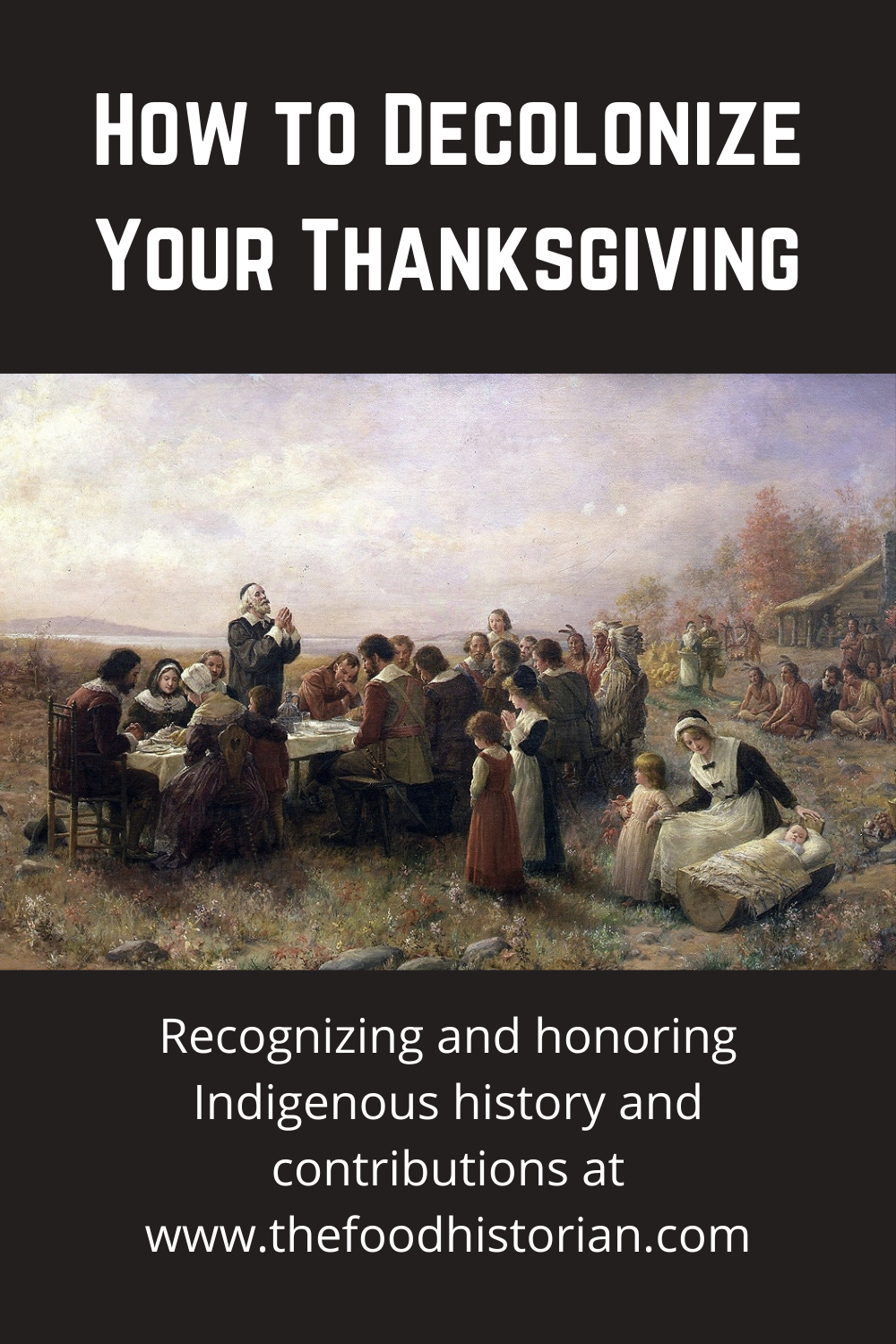
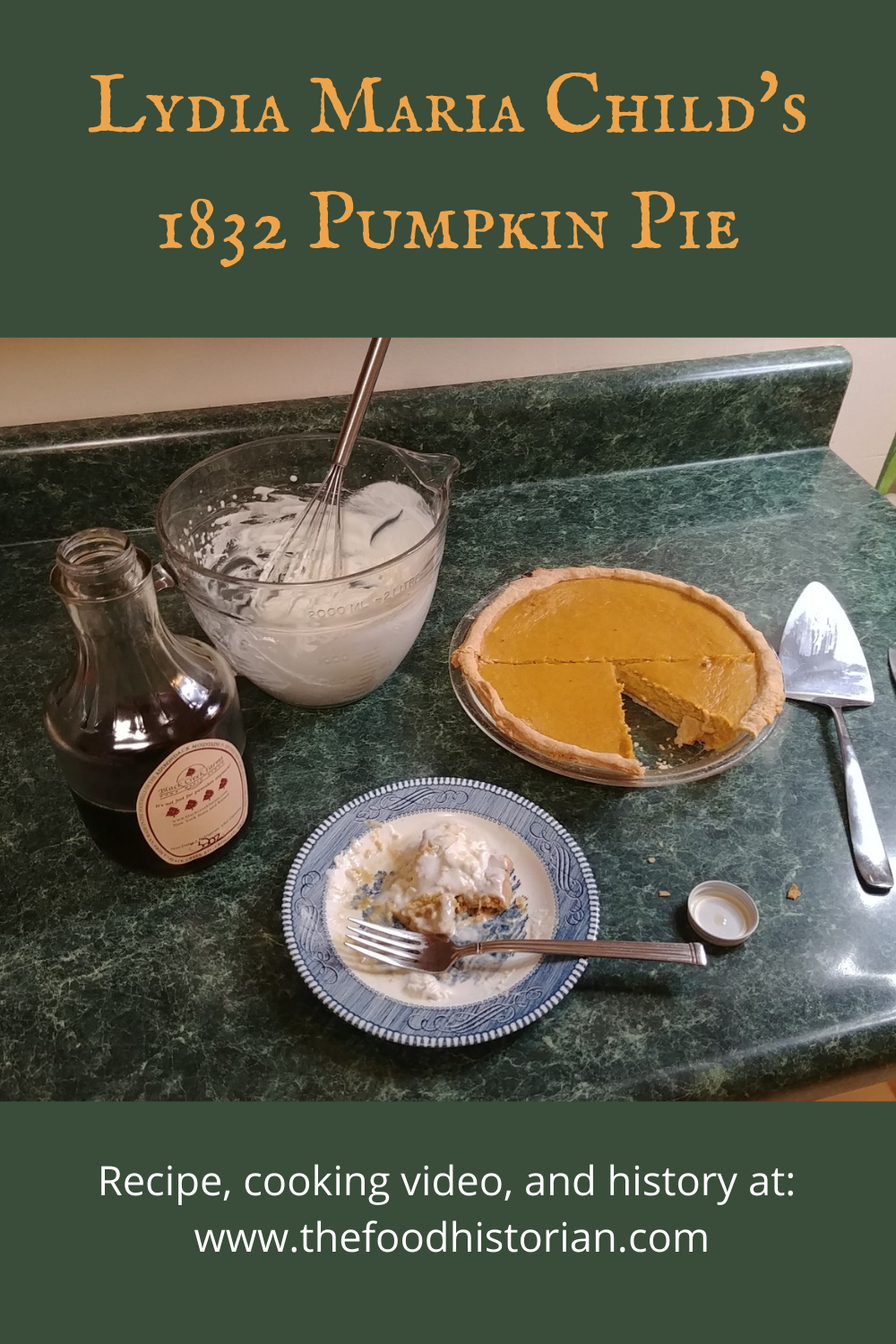
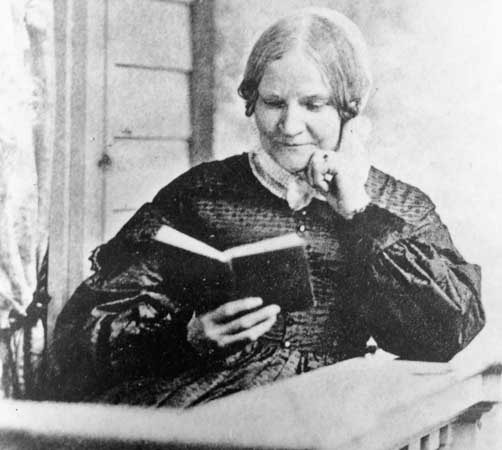

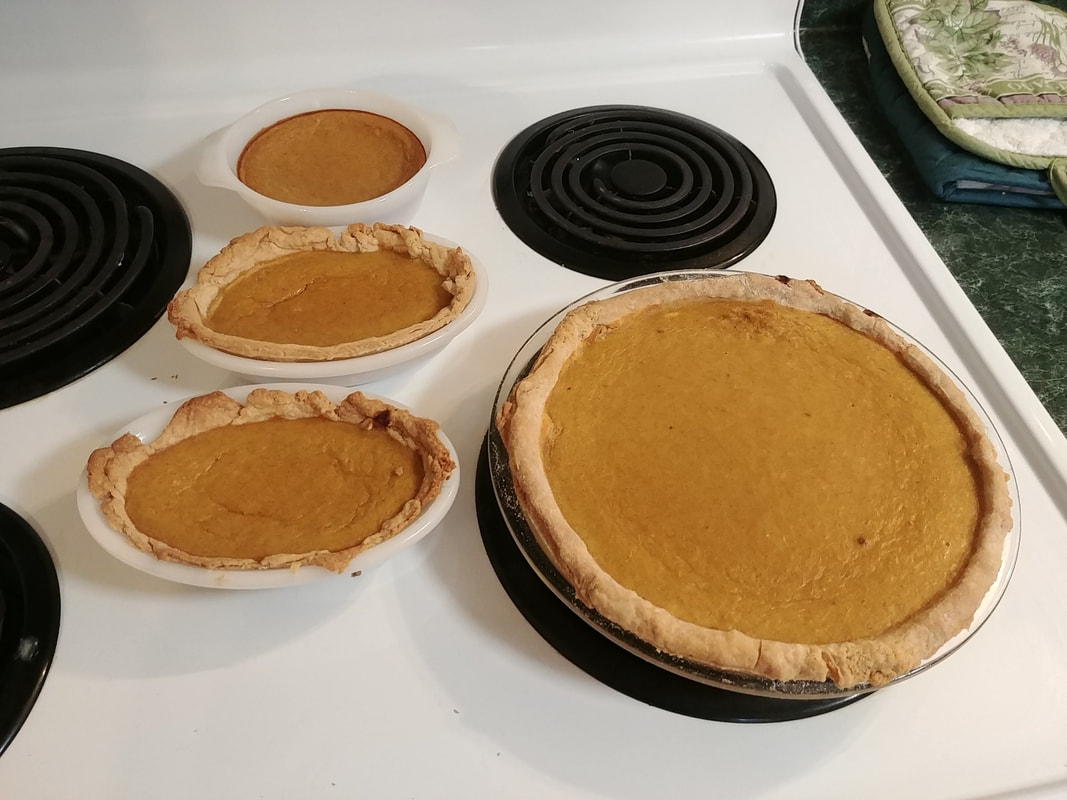
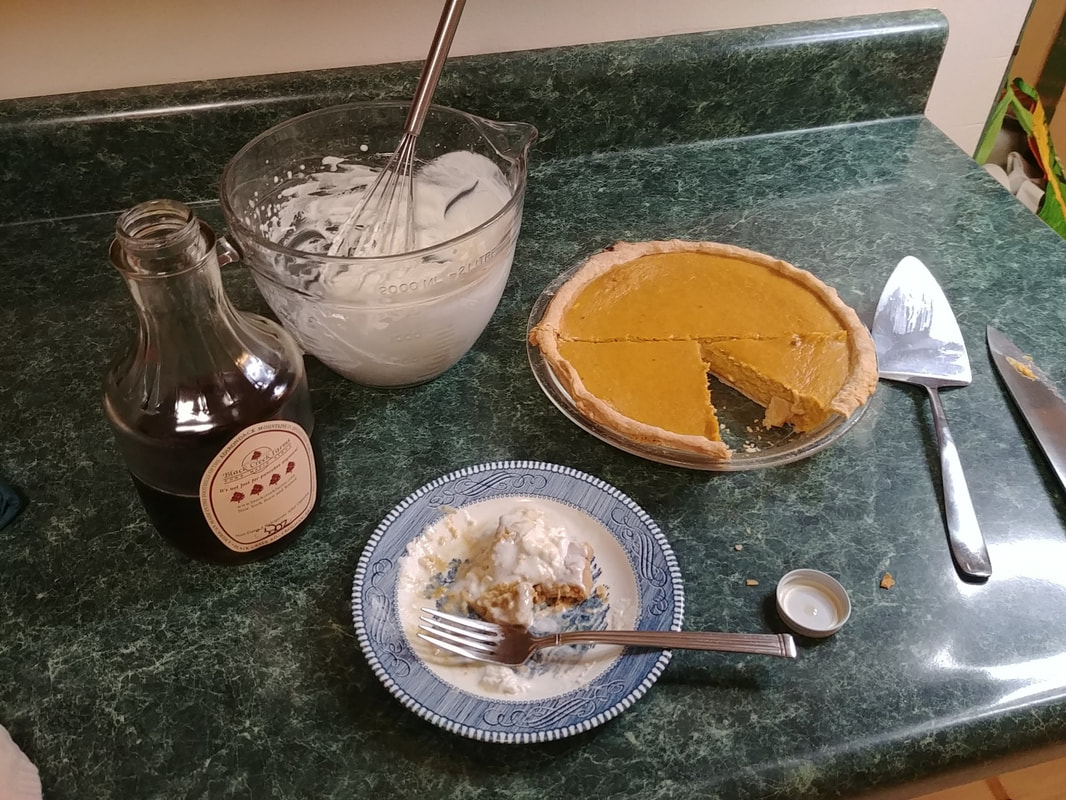
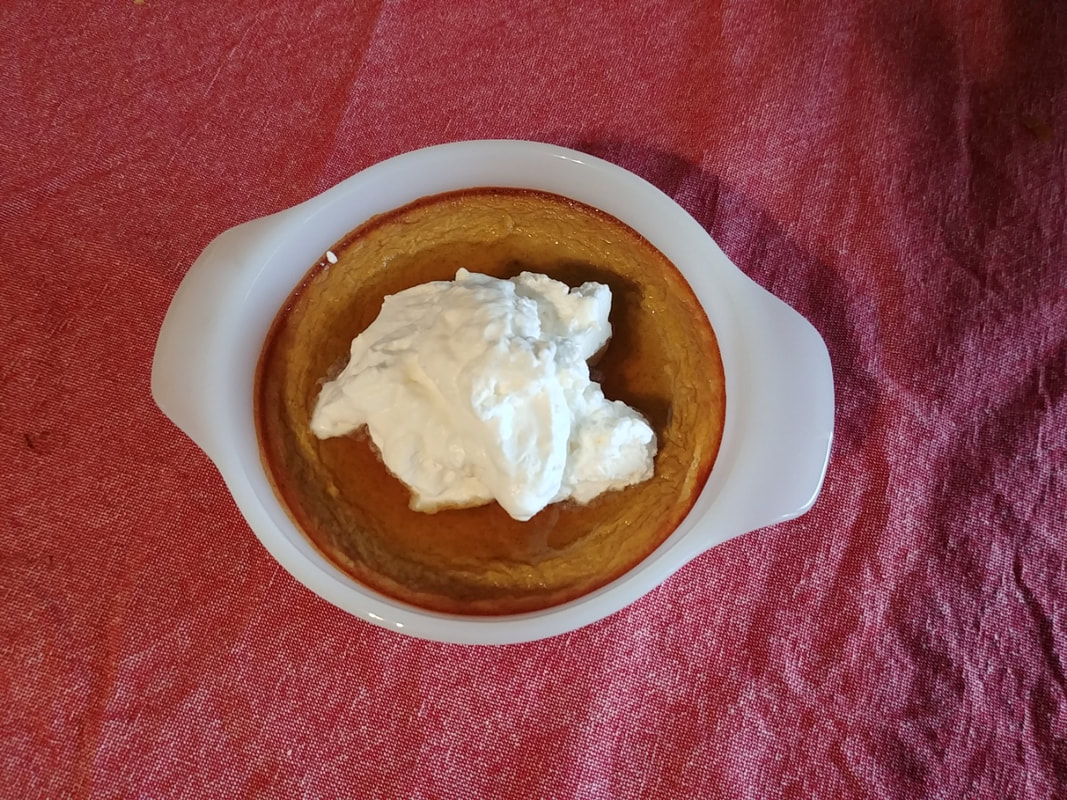
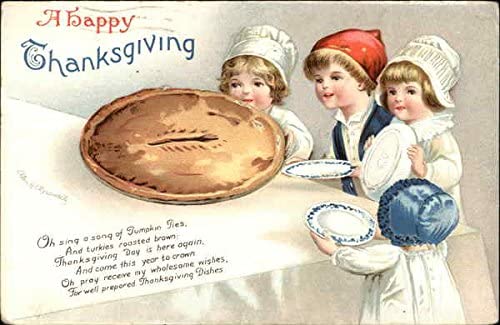
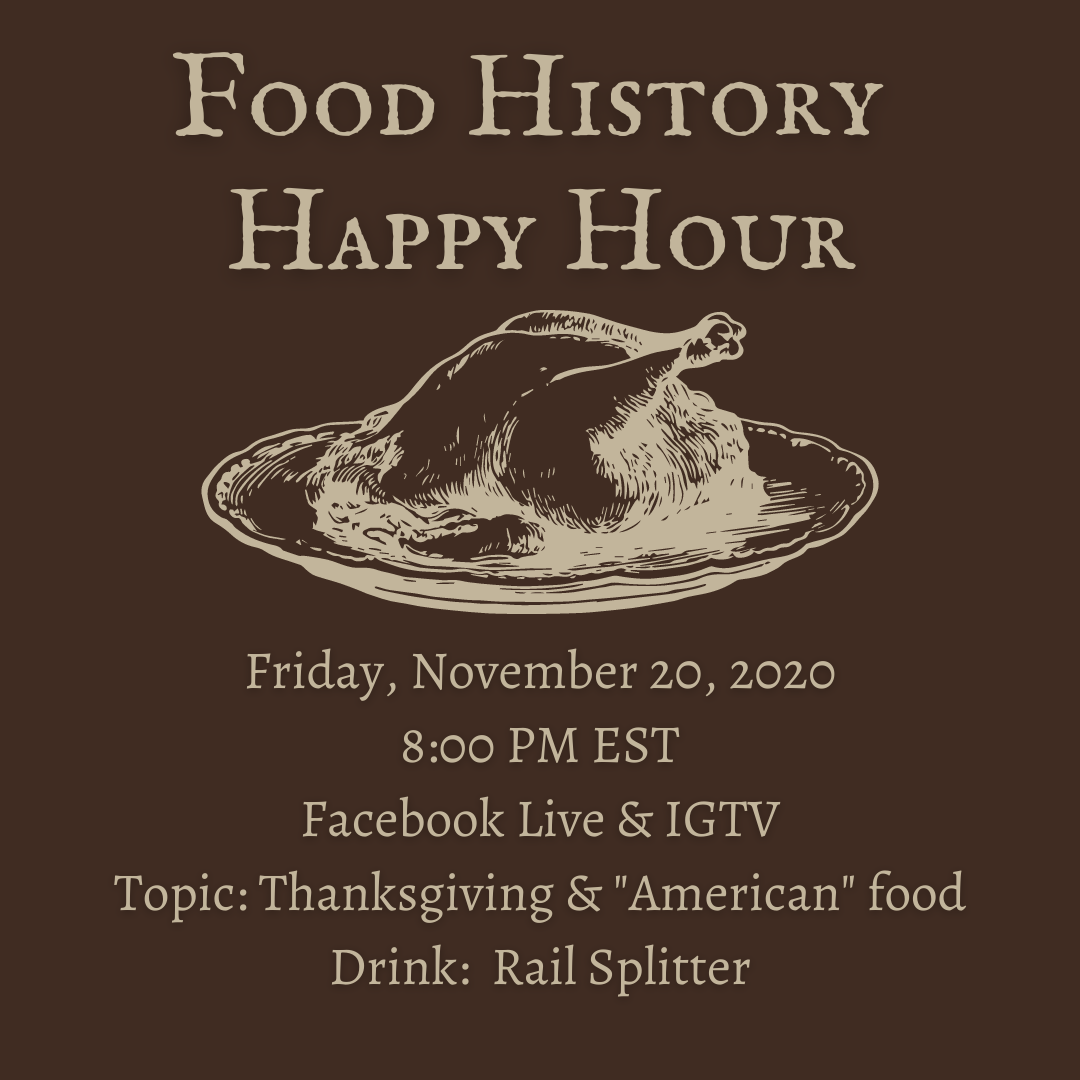
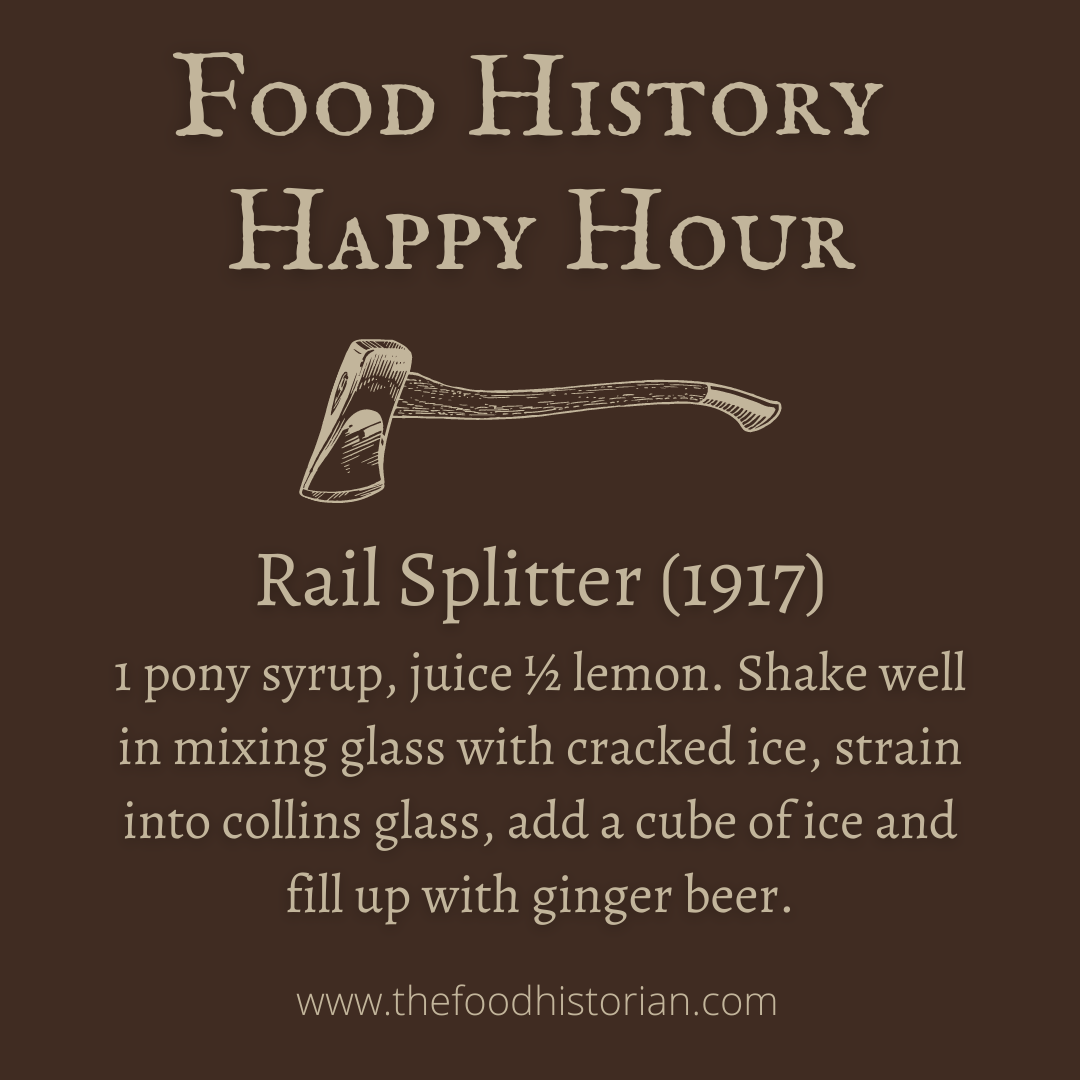

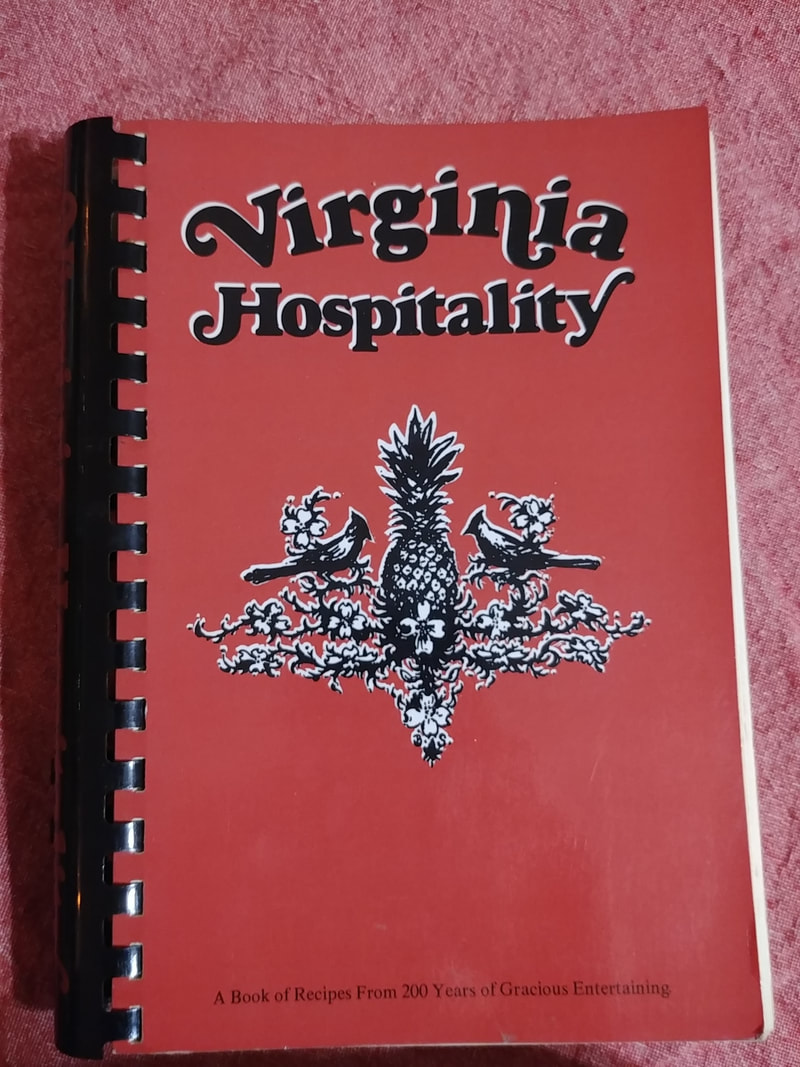
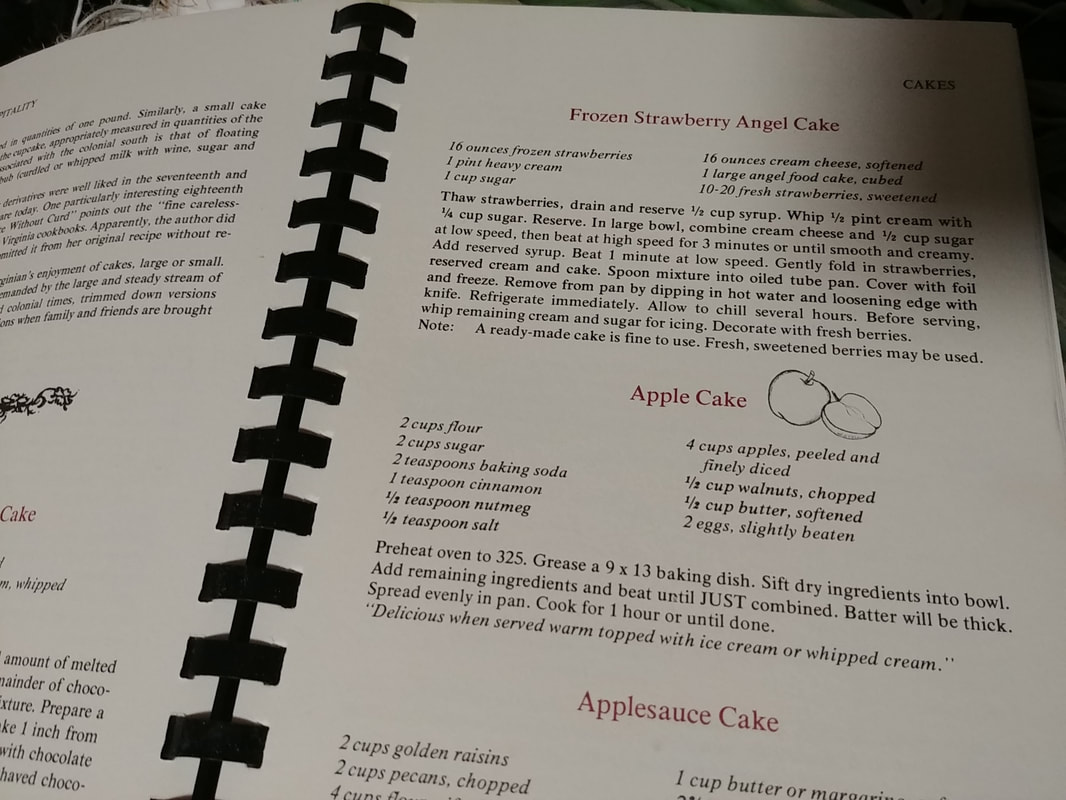
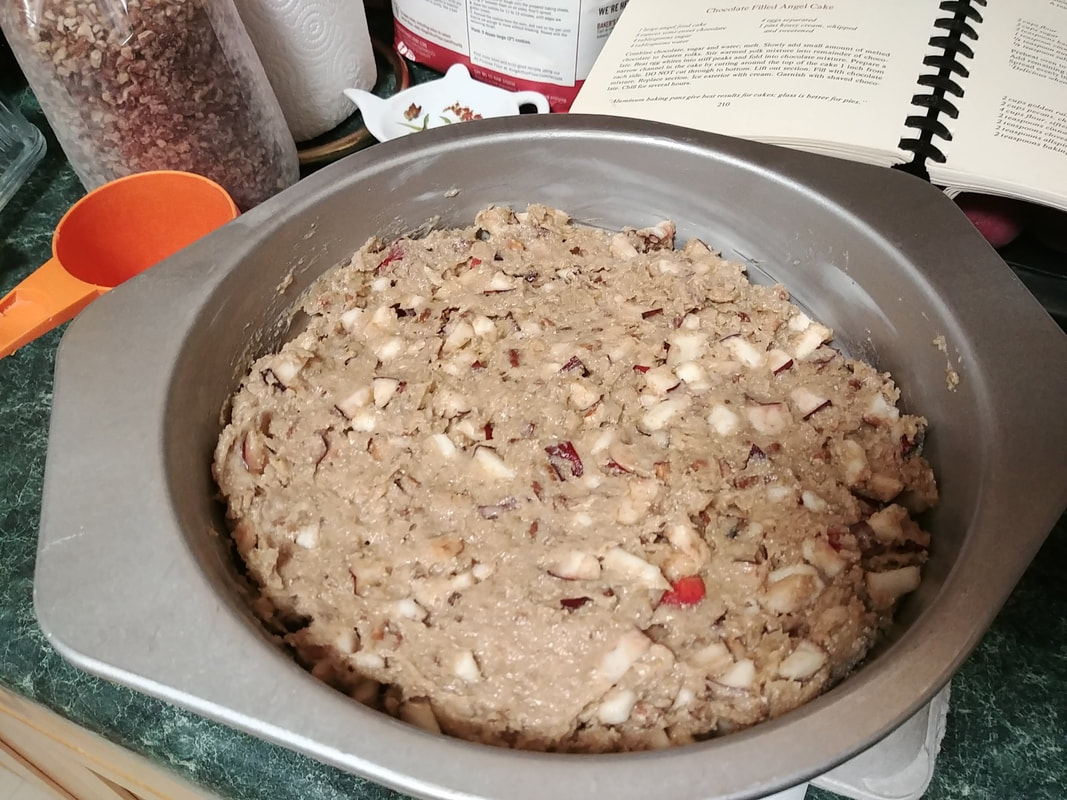
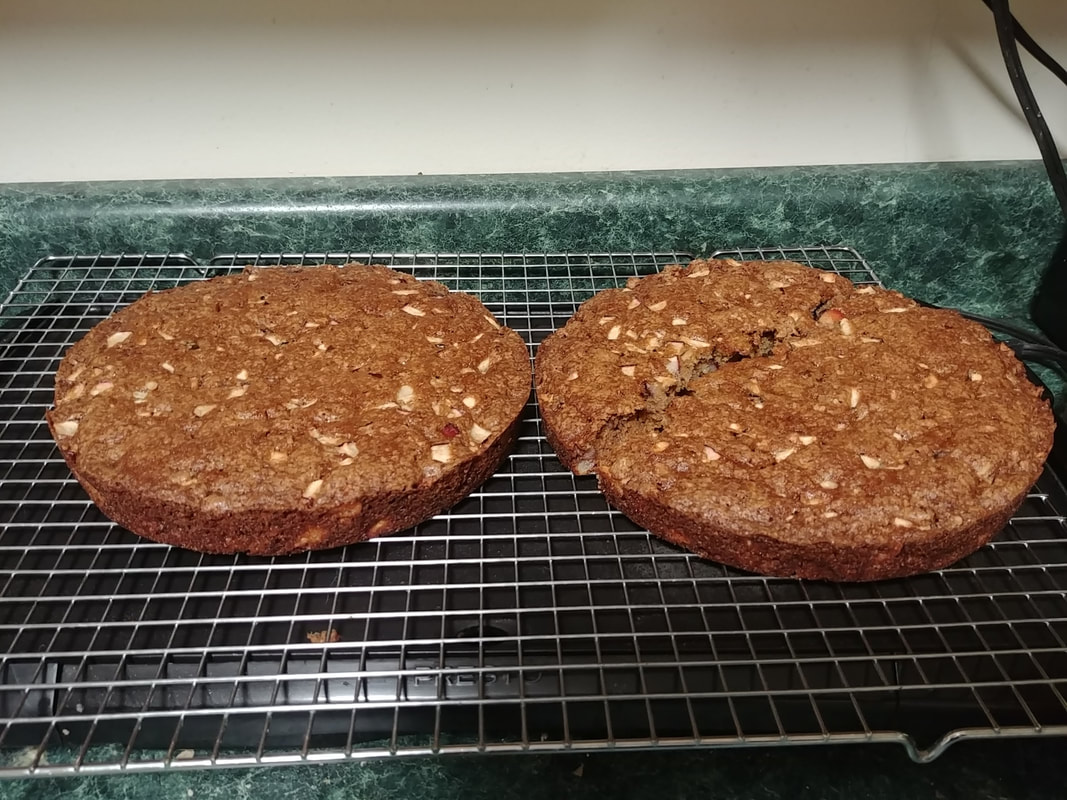
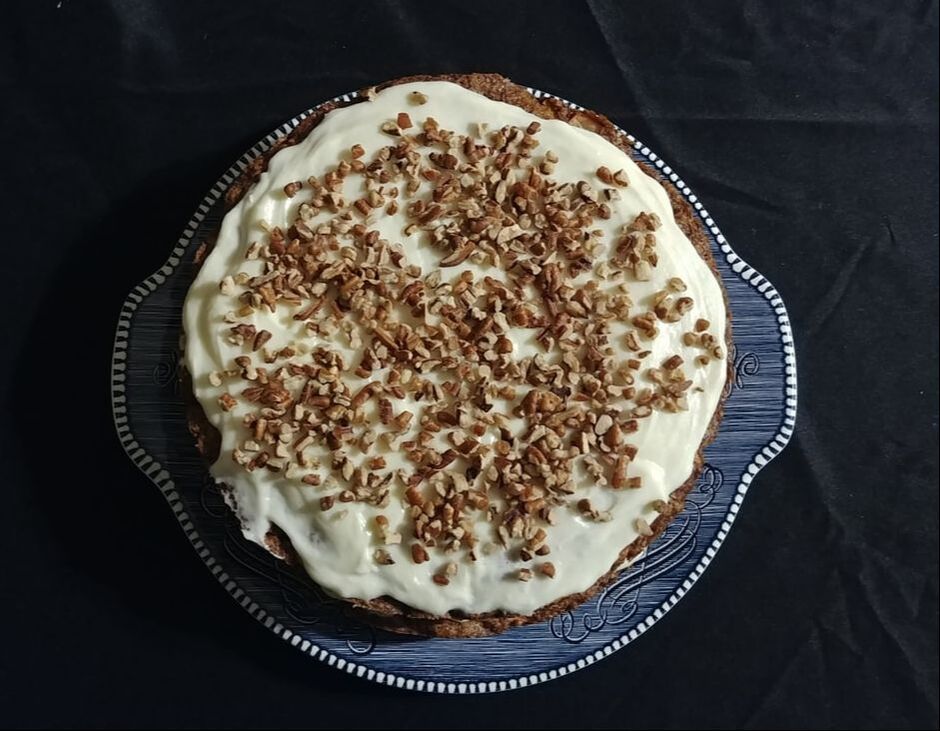
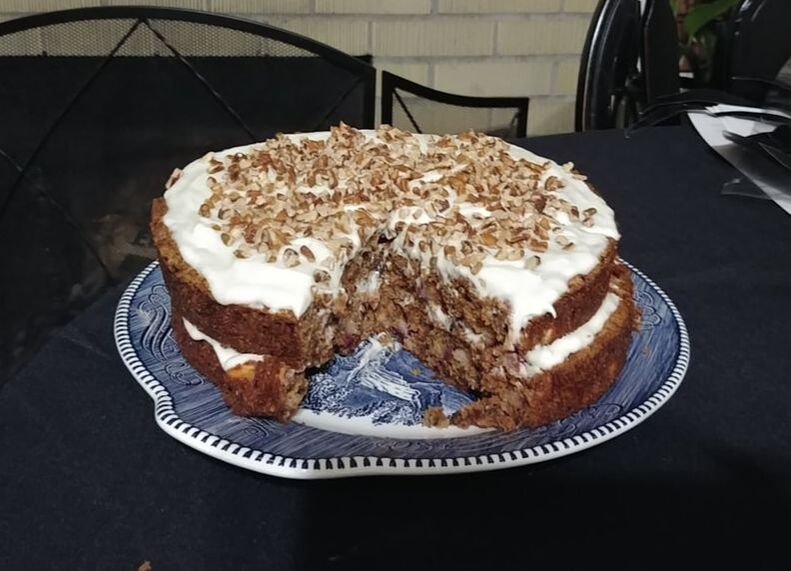
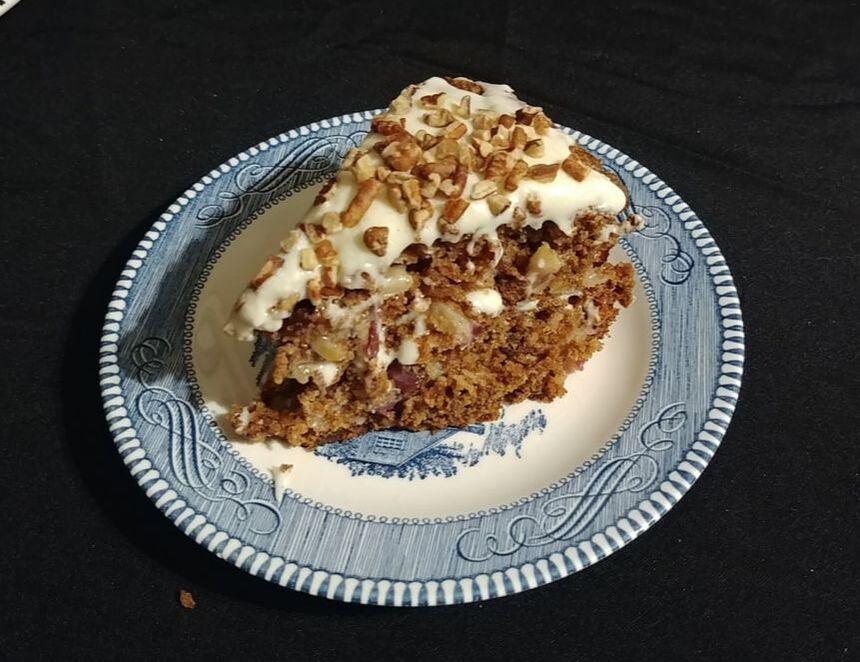
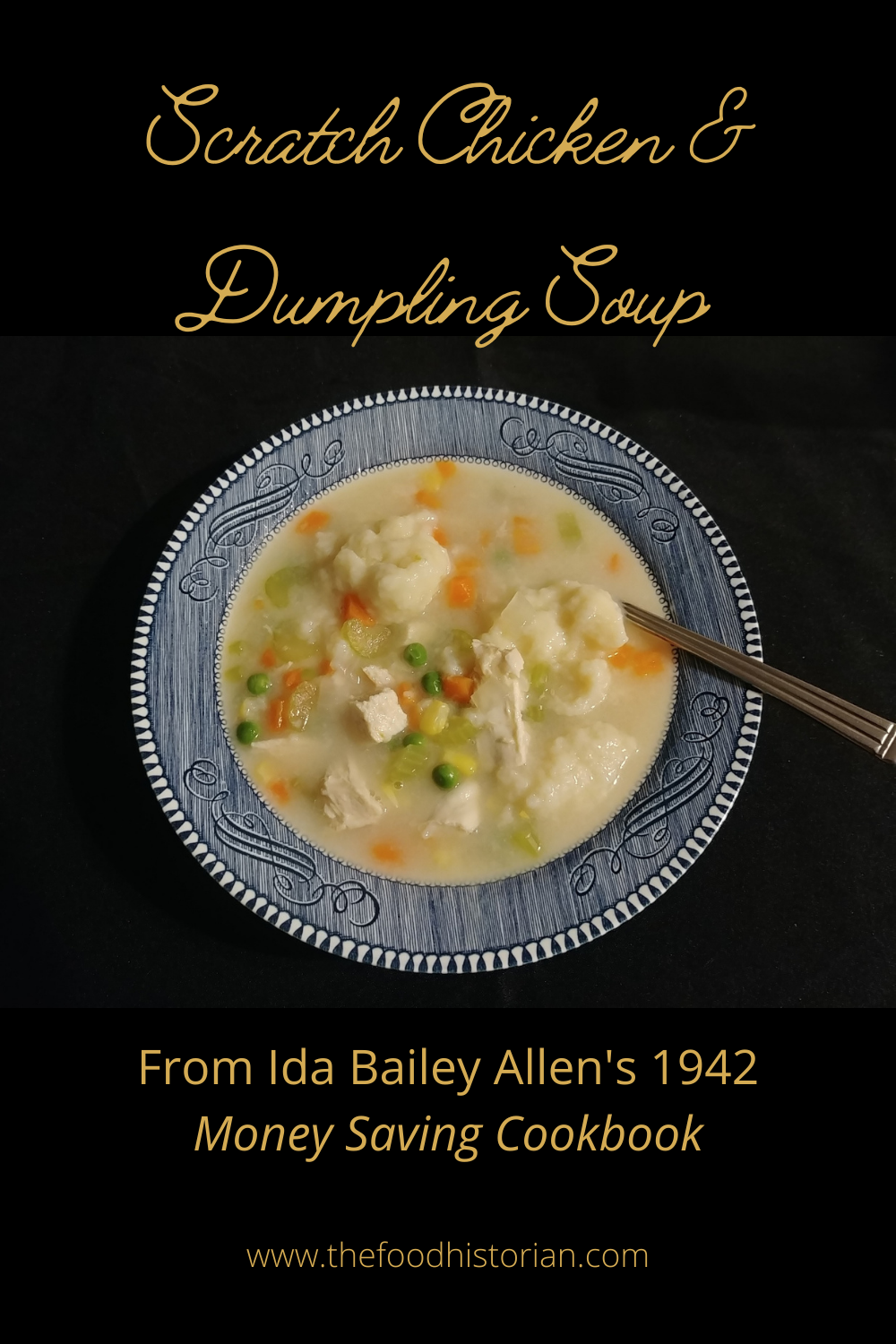
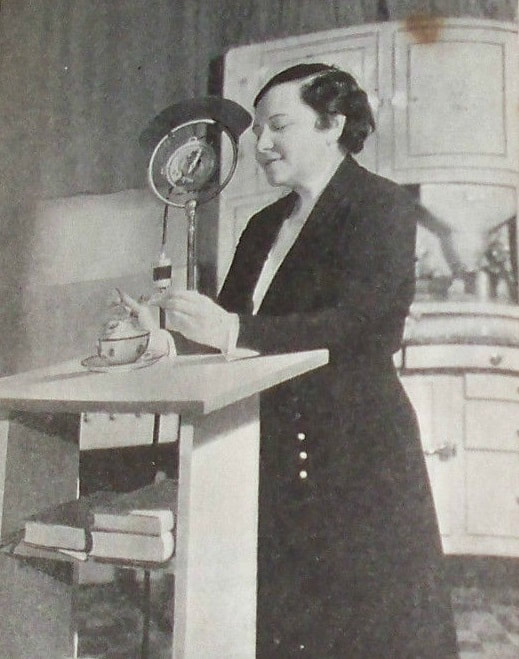
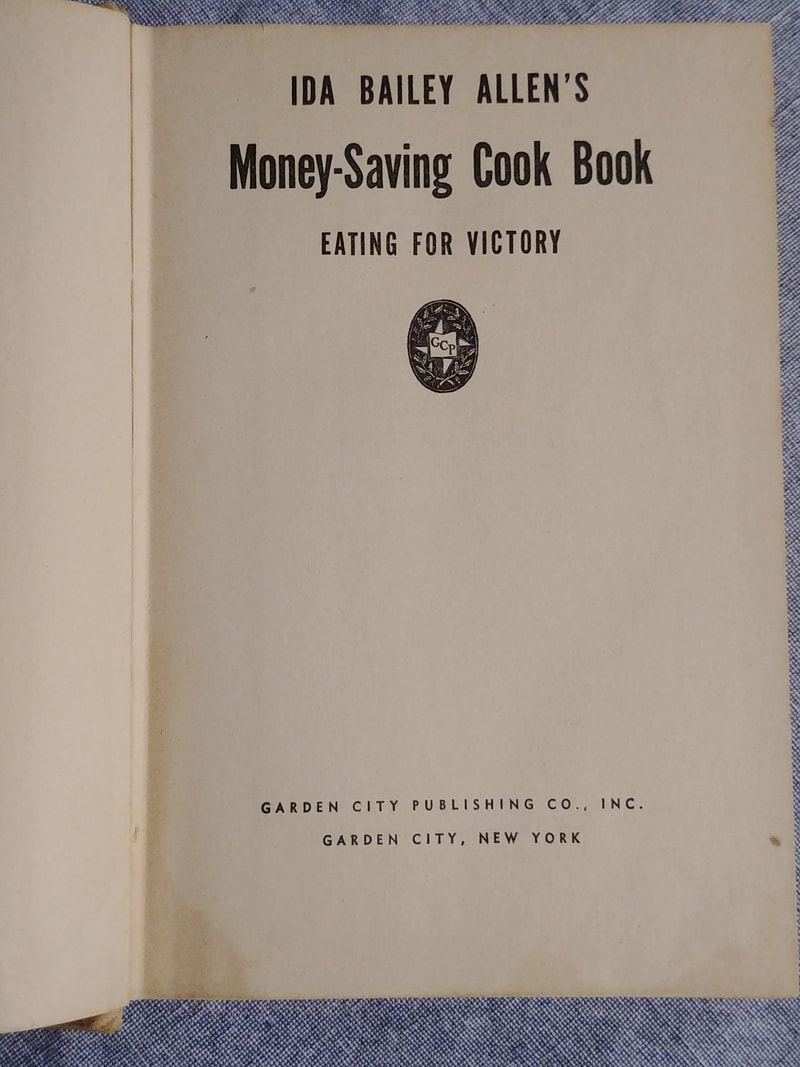
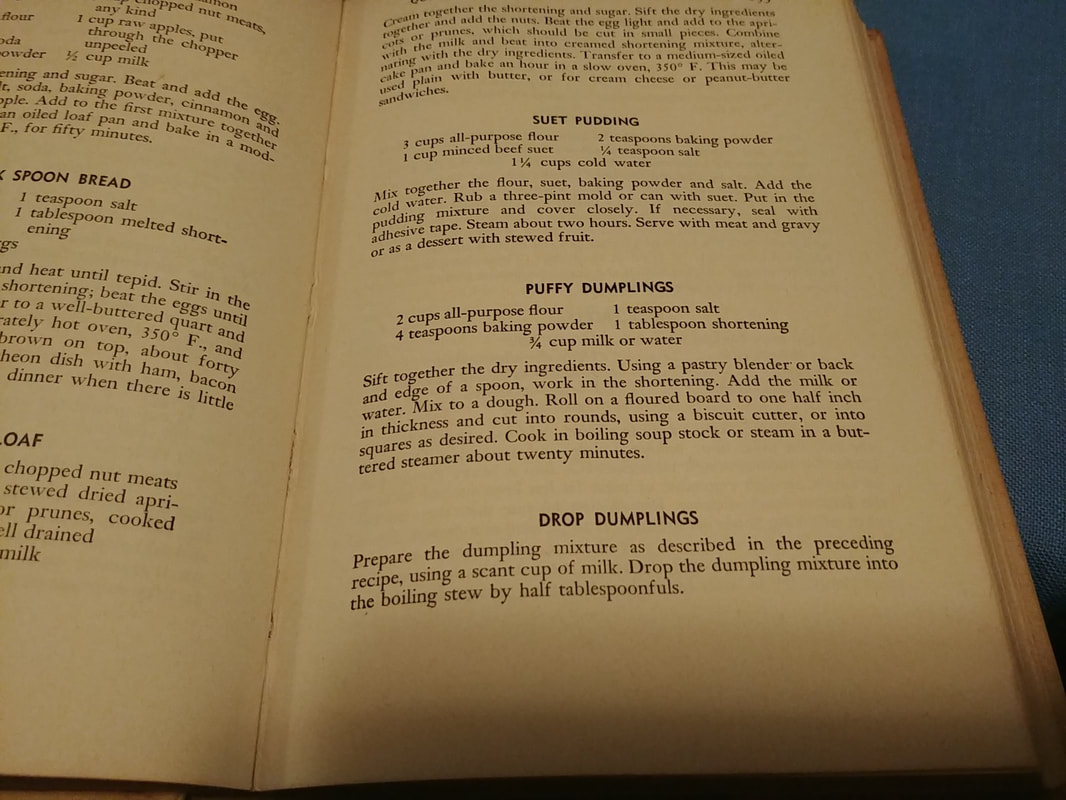
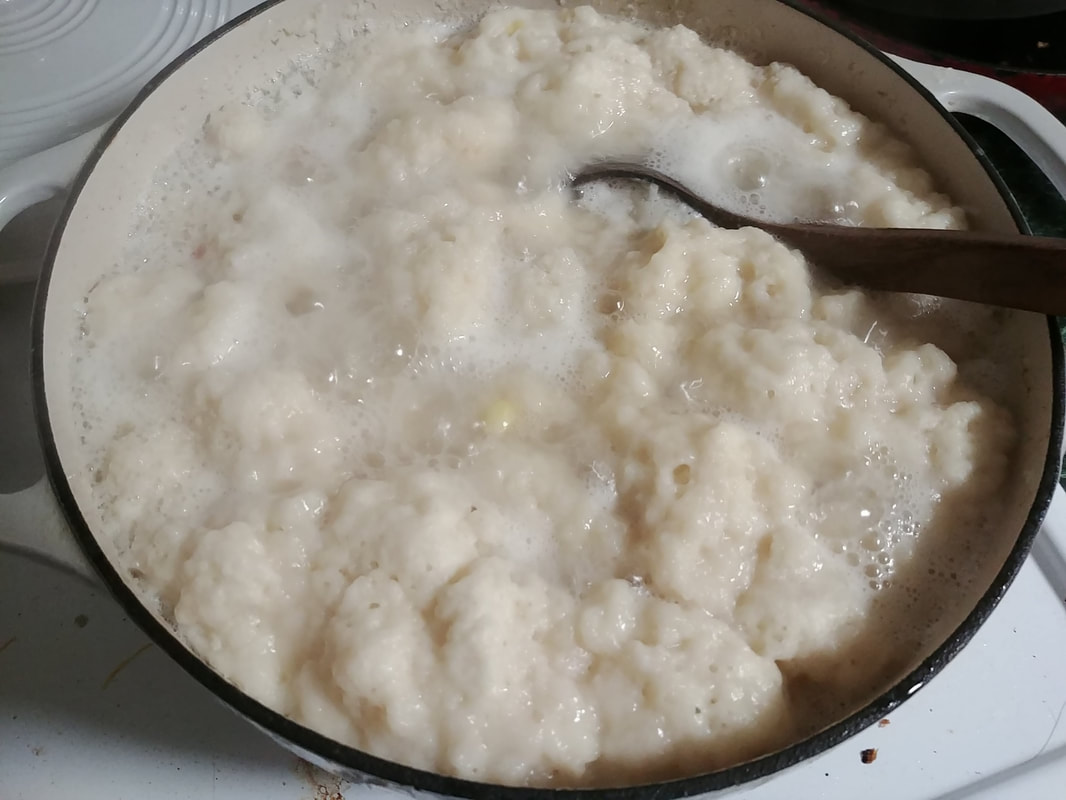
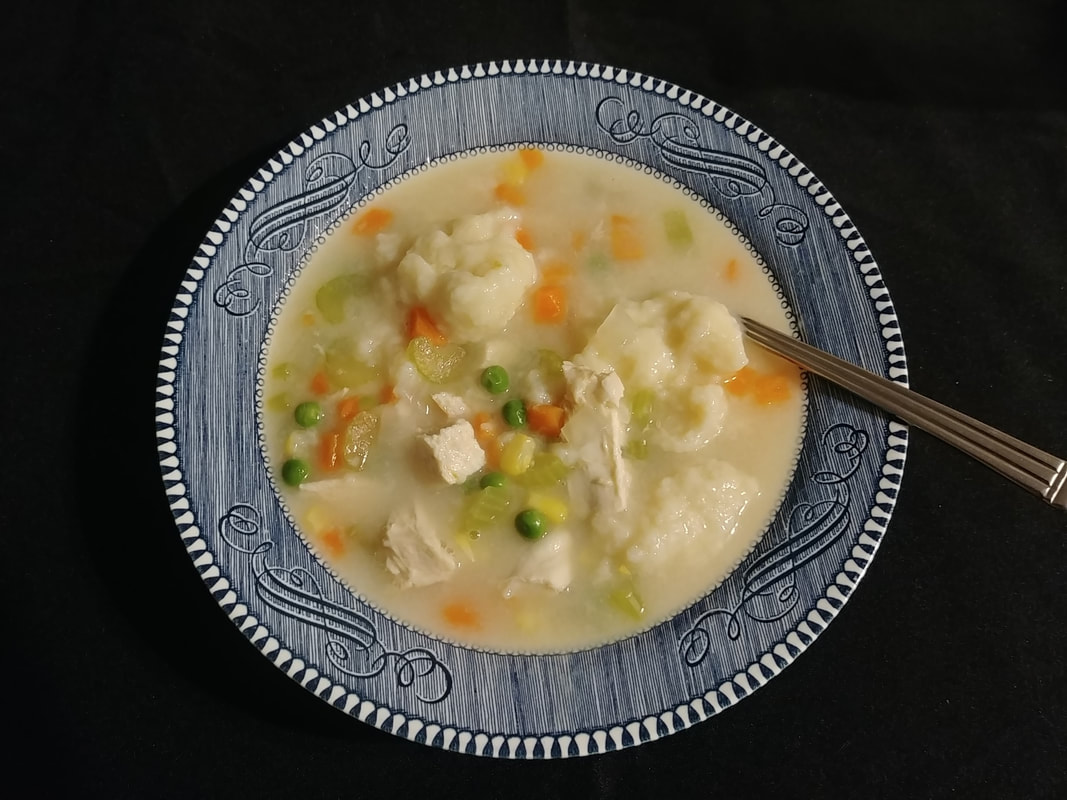
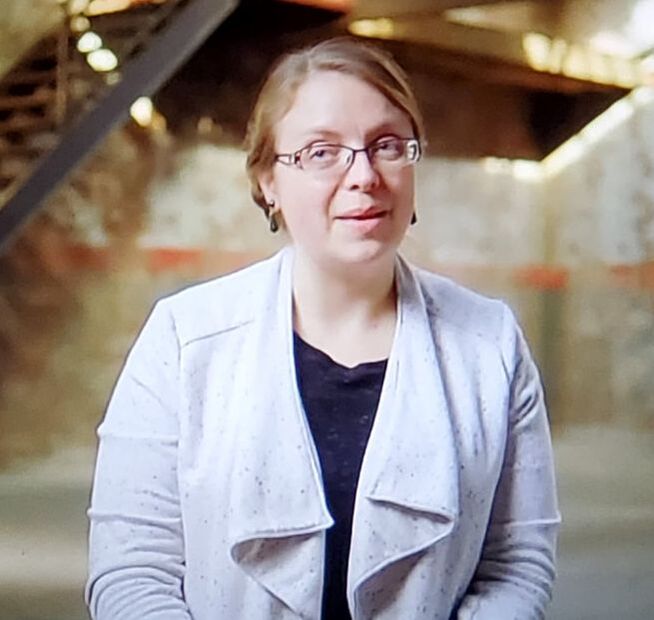
 RSS Feed
RSS Feed